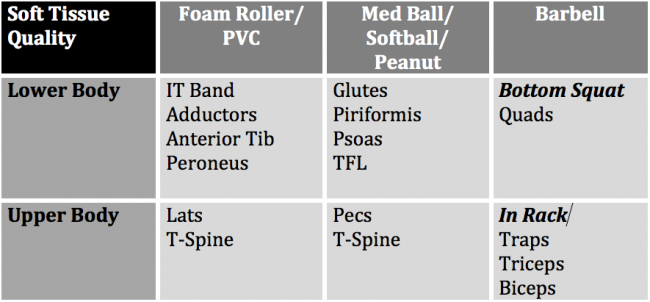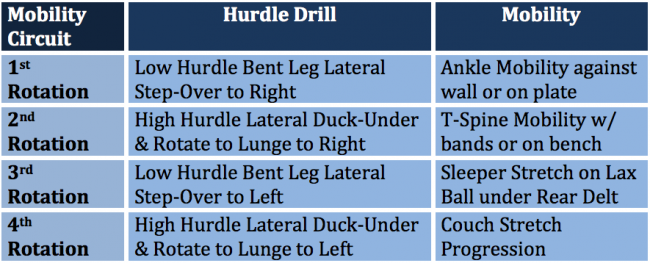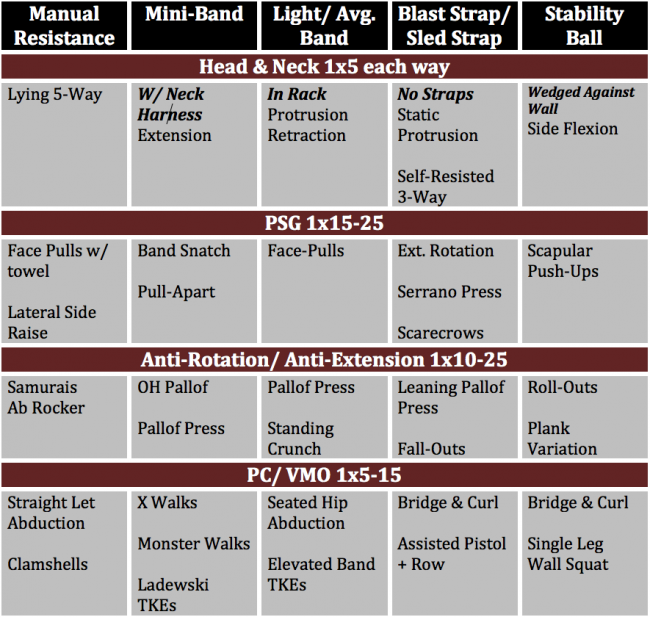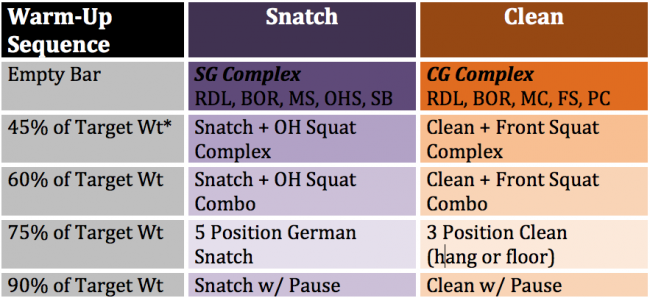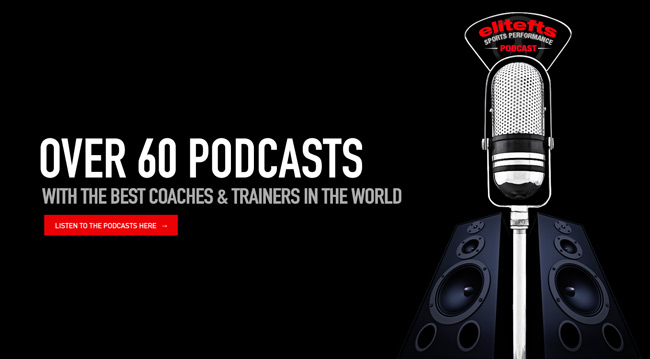
The elitefts Sports Performance Coach Education Series is a comprehensive educational resource for coaches in the collegiate, high school, professional, and private settings. This series will take a fundamental approach to various topics that will enable coaches the additional skills to enhance their coaching abilities, improve marketability in the industry, and drastically increase the impact they have upon their athletes.
Some of the biggest obstacles for strength and conditioning coaches are having limited time with athletes, a lack of resources, and small facility sizes. This reduction of training time and the need for creative use of space and equipment can divert coaches to be minimalist in their training philosophy. Often times, this need to streamline to incorporate the major movement leads to coaches neglecting some essential yet non-sexy modalities that can enhance athletic development and reduce the potential for injuries for athletes.
This presentation will look at ways to address key components of athletic development in a sports performance team training environment through the use of pre-training session circuits. These circuits will utilize space, resources, and valuable time to have an acute and accumulative affect on the training session and the overall physical development of the athlete.
Presentation Outline
Off-Season Training Session
- Pre-Lift Circuit 1: Soft-Tissue (5 min)
- Pre-Lift Circuit 2: Mobility (5 min)
- Pre-Lift Circuit 3: Movement Prep (10 min)
- Reactive Method (10-15 min)
- Force Training (25-30 min)
- Commitments (10 min)
Pre-Training Circuits
- Circuits have acute and accumulative training effect
- Circuits are equipment based
- Circuits can be combined and are interchangeable
- Order is interchangeable
- Athletes have some autonomy within the template
- Rotation allows for all components addressed
Circuit 1: Soft Tissue Work
The common problem with having enough foam rollers at your facility to accommodate all of your athletes is storage and progressions. This is one of the reasons we would use multiple implements for addressing tissue quality in a circuit fashion. A typical three-station rotation would look something like this:
Circuit 2: Mobility
Our movement prep would consist of a hurdle drill coupled with a mobility exercise. We would typically focus on hip, ankle, and thoracic spine mobility. This eight station rotation would address log-jams and keep athletes active. On some occasions we would do a modified version of the Parisi Warm-Up.
Circuit 3: Movement Prep
The term pre-hab may be overused in our industry. Coaches understand that they cannot prevent injuries but rather reduce the risk of those injuries from happening. Specifically non-contact soft-tissue injures. We would try to give our athletes equipment based circuits to address key areas of concern while providing some autonomy with specific drills within the template. The advantage was that we could utilize as much space and equipment as possible to allow for an expedited training environment. The four areas we would focus on included:
- Head and Neck
- Posterior Shoulder Girdle
- Torso
- Posterior Chain and VMO
This template allows for five different groups to perform similar movements with multiple equipment. Daily rotation should be schedule to allow athletes to address all components of the overall template.
Olympic Lift Warm-Up Template
Using warm-up sets of olympic lifts to reinforce squatting patterns is a concept we would implement. This would allow our athletes to perform squats at least three days per week to reinforce proper motor patterns.
To see how these circuits fit into the overall training plan, check out this article:
Summer Training for Football with 8-Week Program
Mark Watts' Articles and Coaching Log









